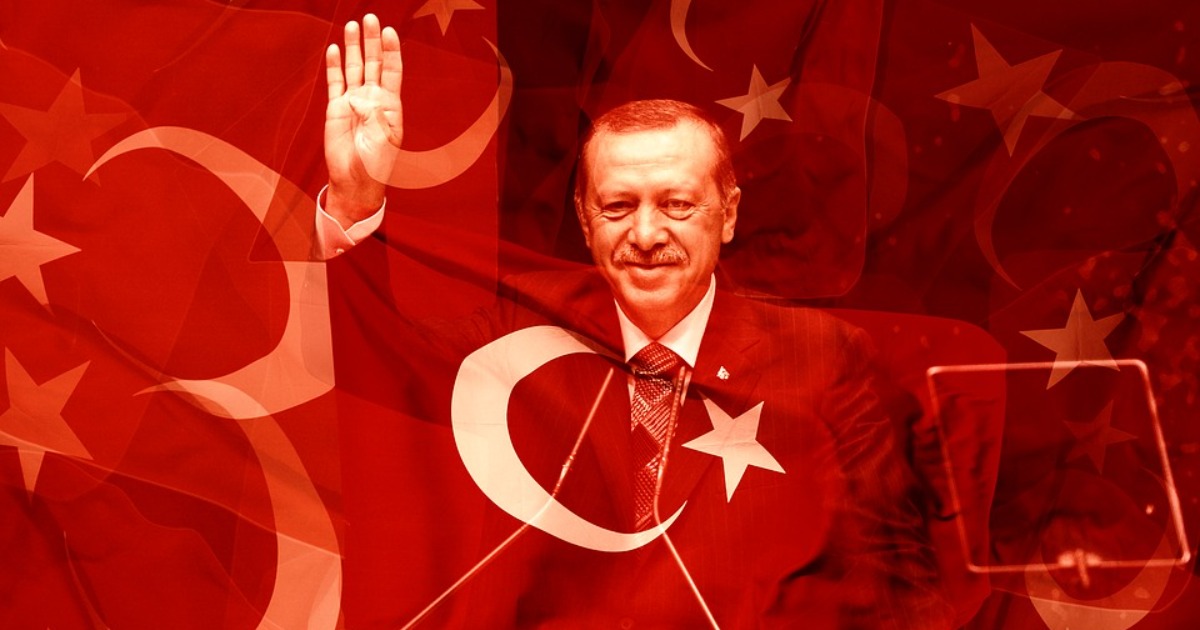Shooting an Own Goal: China’s Belt and Road Funding Terms Spark Criticism
The recipients of Beijing’s supposed largess regularly find themselves trapped in debt leading to rising anti-Chinese sentiment.
March 27, 2018

Steep commercial terms for China’s investment in infrastructure projects across Eurasia related to its Belt and Road initiative may give it control of key ports and other assets. However, the recipients of Beijing’s supposed largess regularly find themselves trapped in debt.
That unwelcome outcome comes with a triple price tag for China itself: The first is potentially rising anti-Chinese sentiment, the second an ever more intense questioning of Chinese intentions, and third, a tarnishing of the benevolent image that China is so eager to cultivate.
Cynically dubbed debt-trap diplomacy, multiple countries along China’s Belt and Road risk financial crisis. The Washington-based Center for Global Development (CGD) recently warned that 23 of the 68 countries involved were “significantly or highly vulnerable to debt distress.”
The CGD said in a report that eight of the 23 countries — Djibouti, Kyrgyzstan, Laos, the Maldives, Mongolia, Montenegro, Pakistan, and Tajikistan — were particularly at risk. Djibouti already owes 82% of its foreign debt to China, while China is expected to account for 71% of Kyrgyz debt as Belt and Road-related projects are implemented.
“There is…concern that debt problems will create an unfavourable degree of dependency on China as a creditor. Increasing debt, and China’s role in managing bilateral debt problems, has already exacerbated internal and bilateral tensions in some BRI (Belt and Road initiative) countries,” the report said.
Wary of Beijing’s intentions
International relations scholars Robert Daly and Matthew Rojanski noted in a separate report based on a recent trip that while Eurasian nations were eager to benefit from Chinese investment, they are wary of Beijing’s intentions.
“We found an eagerness to participate in projects that support national development, but deep resistance to any westward or northern expansion of China’s practices, ideas, or population… Neither (Russia or Kazakhstan) hopes that China’s power will increase with its investments,” they said.
Former U.S. Secretary of State Rex Tillerson argued while still in office that China
encourages dependency using opaque contracts, predatory loan practices and corrupt deals that mire nations in debt and undercut their sovereignty, denying them their long-term, self-sustaining growth. Chinese investment does have the potential to address Africa’s infrastructure gap, but its approach has led to mounting debt and few, if any, jobs in most countries.
Countering resistance
To counter the spreading resistance, China has sought in some cases to offer more concessional or, in the case of Pakistan, interest-free instead of commercial loans for some projects.
Nonetheless, China has used debt relief as a vehicle to gain control of assets. Tajikistan saw an undisclosed amount of debt written off in exchange for ceding control of some 1,158 square kilometres of disputed territory. Sri Lanka, despite public protests, was forced to give China a major stake in its port of Hambantota.
Djibouti, one of the eight countries most at risk and a rent-a-military-base East African nation that also hosts a major U.S. facility, is about to follow in Sri Lanka’s footsteps. Djibouti last month seized control of the Doraleh Container Terminal from Dubai-based DP World and reportedly intends to hand over its management to a state-owned Chinese company.
For their part, Pakistan and Nepal withdrew last November from two dam-building deals. The withdrawal coincided with mounting questions in Pakistan, a crown jewel in Chinese geo-strategic ambition, about what some see as a neo-colonial effort to extract the country’s resources.
Rewriting history
China’s seeming obliviousness to the potential impact on recipients and its own standing of its funding approach appears to be rooted in President Xi Jinping’s rewriting of history.
Launching Belt and Road in a speech in Kazakhstan in September 2013, Mr. Xi suggested that the initiative constituted a revival of China’s centuries-old relationship with Eurasia. “More than 2,100 years ago … (Chinese) imperial envoy Zhang Qian was sent to Central Asia twice to open the door to friendly contacts between China and Central Asian countries as well as the transcontinental Silk Road linking East and West,” Mr. Xi told his audience.
However, it is important to note that the historic Silk Road was never centered on China and it served both commercial and military purposes. In fact, the term “Silk Road” itself was coined in 1877 by a German geographer.
Mr. Xi’s effort to project a China-centric world is reflected in the country’s media. Despite paying lip service to the principle of a win-win proposition, the Belt and Road is positioned there as a vehicle to cement the People’s Republic’s place in the world (as well as, amazingly but unsurprisingly Communist Party rule).
Chinese ambitions are evident in its efforts to internationalize its currency, the renminbi. They extend to the inclusion of elements of the Chinese surveillance state and the propagation of Chinese culture through local media in investment target countries, for example in Pakistan. They are also apparent in the creation of special Chinese courts to adjudicate Belt and Road.
China this month announced the establishment of a new agency to coordinate its foreign aid program. The agency is part of an effort to project China’s global influence more effectively and increase Communist Party control.
A multilateral approach is better
In contrast to China’s preferred – and very self-serving – approach, China itself and the recipients of Beijing’s largess would be better served if the People’s Republic adopted a multilateral approach to Belt and Road-related funding rather than insisting on going it alone.
According to Scott Morris, a former U.S. Treasury official and co-author of the CGD’s report: “Whether Chinese officials have the will to pursue this approach will be critical in determining the ultimate success or failure” of the Belt and Road initiative.
Takeaways
Steep commercial terms for China’s investment in infrastructure projects across Eurasia related to its Belt and Road initiative tarnishes its image.
The recipients of Beijing’s supposed largess regularly find themselves trapped in debt leading to rising anti-Chinese sentiment.
As a result of China’s cynically dubbed debt-trap diplomacy, multiple countries along China’s Belt and Road risk financial crisis.
China itself and the recipients of Beijing’s largess would be better served if it adopted a multilateral approach to Belt and Road-related funding rather than insisting on going it alone.

